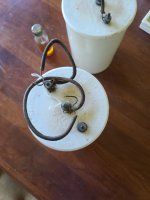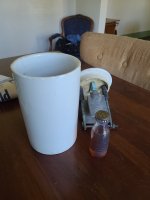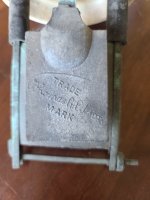Stuperduke
Full Member
- May 30, 2017
- 128
- 243
- Detector(s) used
-
CTX 3030
GPX-4000
- Primary Interest:
- All Treasure Hunting
Well, thrift store score was great picked up what I know are edison batteries, not only because they say it but because of what they are. My question is that I did not believe he made batteries before 1900. Any information on an 1890 Edison brand type Bb would be fantastic. Not looking for worth, just the history. You can still read the edison brand on the electrodes perfectly so they must not have been used much.






